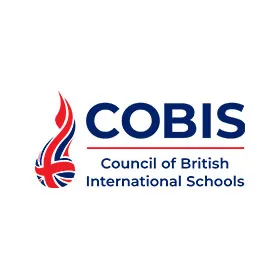We must support vulnerable children and communities who do not have equitable access to education to reduce the widening equity gap.
Written by Eric C Abrams, Chief Inclusion Officer, Stanford University Graduate School of Education
As part of our ‘GEC Manifesto for Education in Practice’ article series, Eric C Abrams explores the manifesto point: We must support vulnerable children and communities who do not have equitable access to education to reduce the widening equity gap.
We live in interesting times. The Covid-19 pandemic has drastically changed all of our lives. In the United States - and much of the rest of the world - we hear calls for racial justice and equity that are as loud as any in memory. In India, we see a decrease in religious tolerance. In Russia, we see a nation convulsed by protest as an authoritarian regime clings to power. China is slowly squeezing out free speech in Hong Kong, and religious freedom for the Uighur people. And around the world, we see an increase in authoritarian behavior from governmental leaders.
In times like these, with challenges all around us, it’s easy to lose sight of the most vulnerable - but perhaps that is exactly where our focus should be. Children around the globe have suffered mightily over the course of the past year: disrupted schooling, economic insecurity, lost opportunities for group activity and the fraying of social networks have contributed to something of a mental health crisis for the world’s youth. This crisis is exacerbated by poverty and inequality.
Few would say that online instruction for children is a perfect substitute for school. But at least kids with the means to participate in online instruction are getting something. What about kids without high-speed internet access - or internet access at all? What about those who live in homes without computers?
I write from my home in California. In late February 2020, just before the pandemic hit full force, the Public Policy Institute of California predicted that public school enrollment in our state would decline by 7% from 2020 to 2030 (source: Declining Enrollment in California Schools.) In the last year alone, however, California public school schools lost 155,000 students - a decline of 2.5% in one year. Due to the arcane methods used to determine school funding, this has a significant negative impact on the financial picture for school districts; declining enrollment leads to fiscal stress, as state funding is tied to the number of students served.
This is a tragedy in and of itself - but I’m worried about what happened to those 155,000 students. They didn’t all go to private schools; the vast majority are now out of the school system entirely. What will the future hold for these kids who have had their education interrupted - or, in some sad cases, ended prematurely?
I fear that students who have had their education interrupted will never return to the classroom. Perhaps financial pressures force children to enter the workforce earlier than they otherwise would. Others may have new familial responsibilities; with in-person education shut down, some families may have been forced to pull older children from school in order to serve as caretakers of younger children.
Mind you, this is in California - a state with vast wealth, numerous world-renowned institutions of higher education, and political leadership that professes to care about education for all. What is the story in less well-resourced places?
I believe our future needs us to think creatively and globally about how to provide educational resources to those who have been left behind. The girl who could someday find a cure for cancer may be caring for younger siblings in a Los Angeles barrio - how do we ensure that she gets the education she needs to reach her full potential? The boy who might someday lead a global political movement based on equity and love for all might be languishing in a shantytown outside of Soweto - how can we give him the tools he needs to share his vision with the world?
Existing educational structures and institutions can be leveraged to assist in this effort. Perhaps this is a chance for schools to shed some of their more rigid structures, and allow community members who don’t fit the typical 5 to 17 year old demographic to take advantage of educational opportunity. Perhaps this is the moment when community based and indigenous ways of knowing can co-exist with traditional schooling.
We live in interesting times. A society that doesn’t provide educational opportunities for all, that fails to take advantage of the skills and talents of all of its citizens will surely collapse. I hope that we use the opportunities and creativity created by the interesting times that we live in to create a more equitable future for all.
.png?ext=.png)

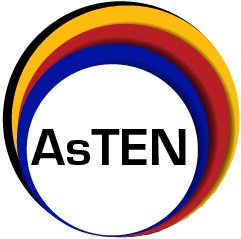
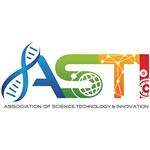

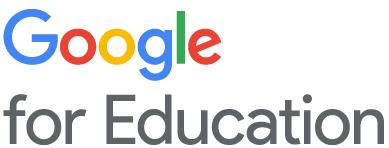

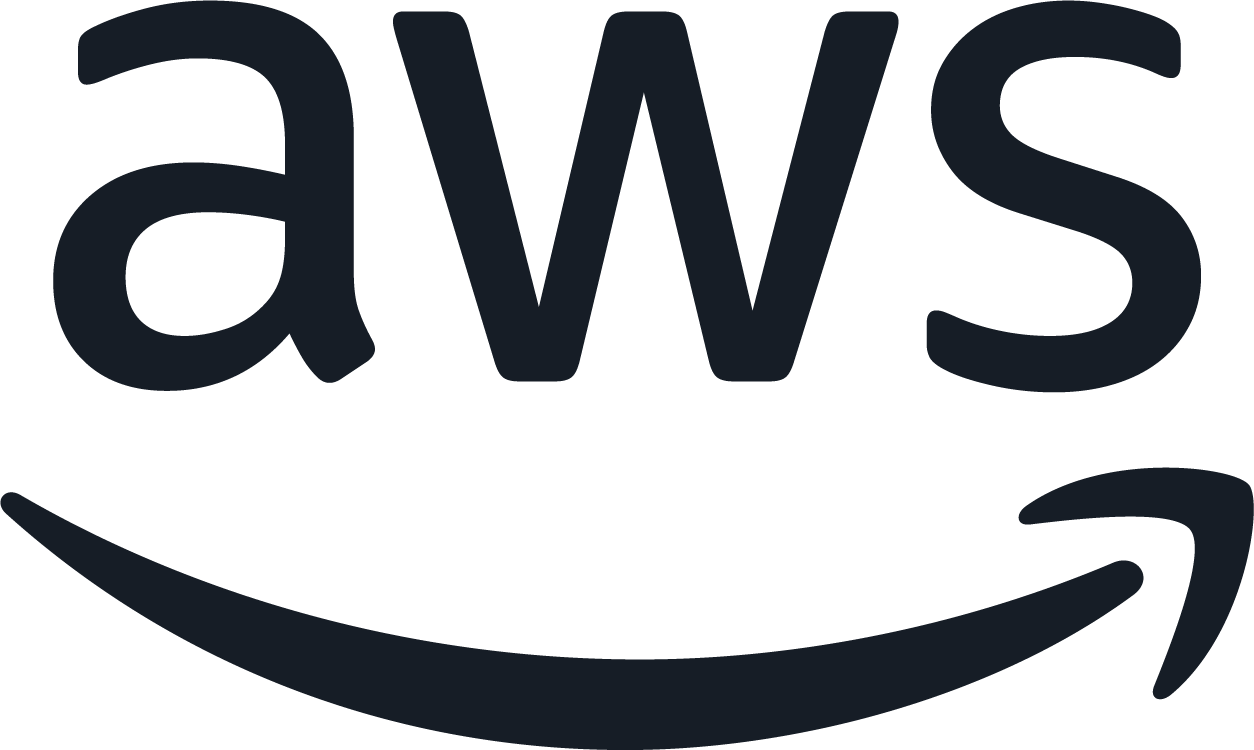
.png?ext=.png)


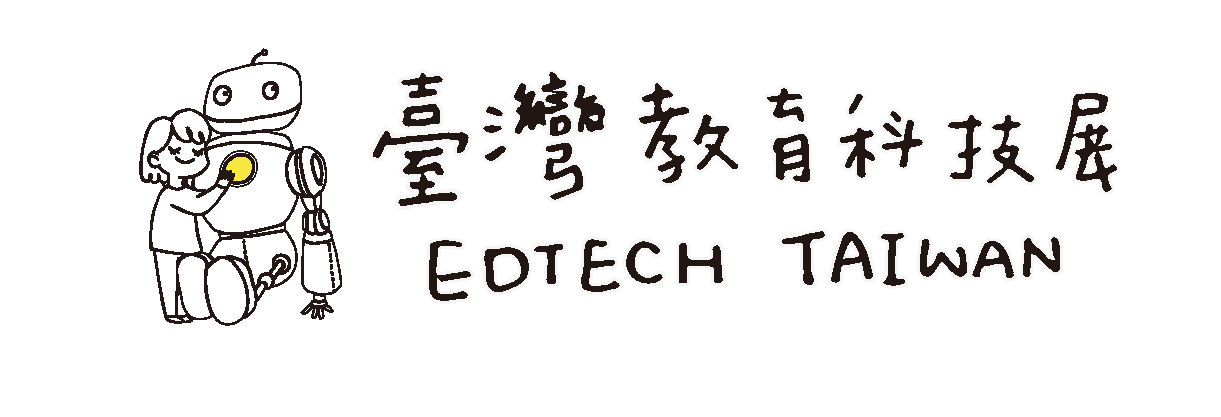

.png?ext=.png)
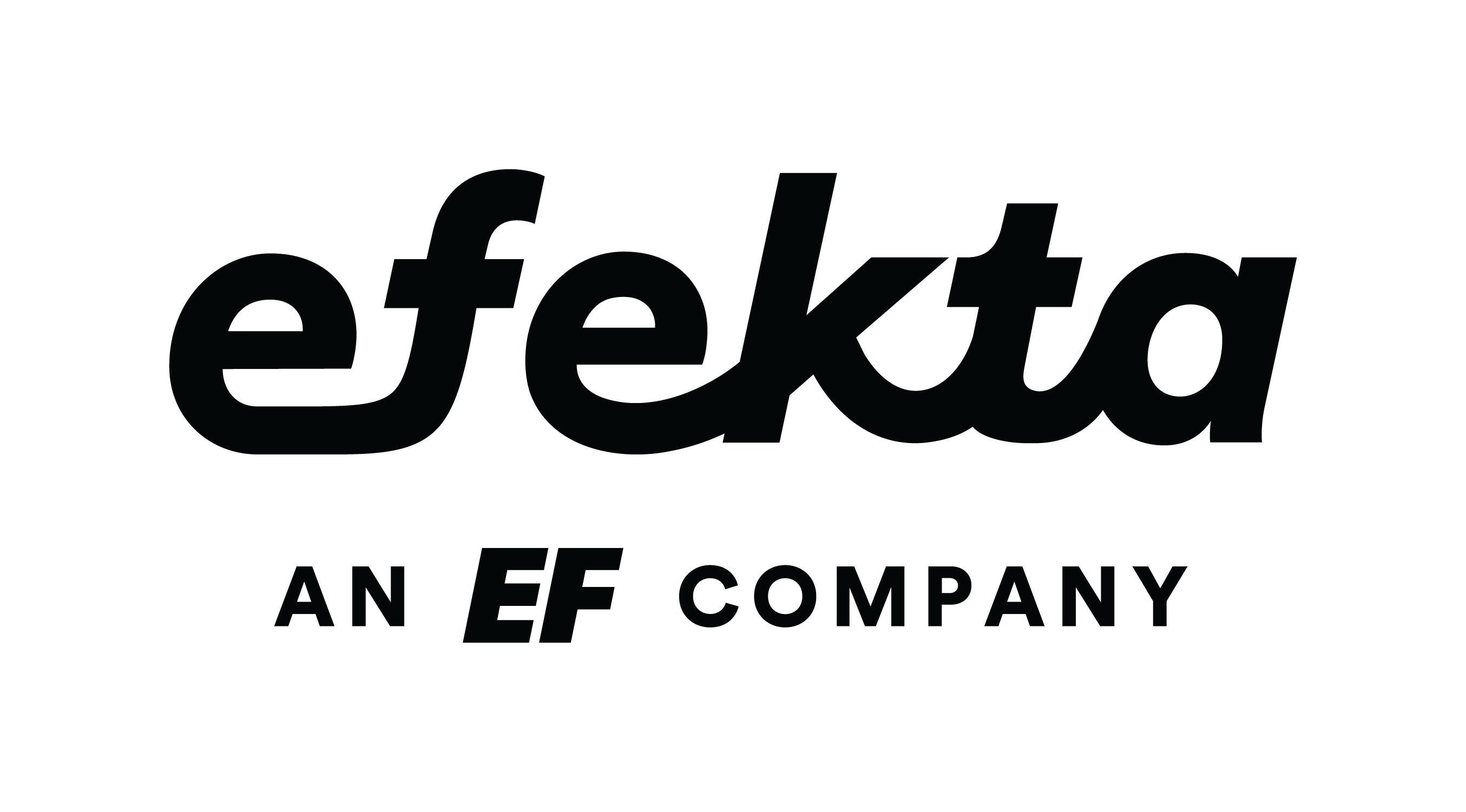


.png?ext=.png)
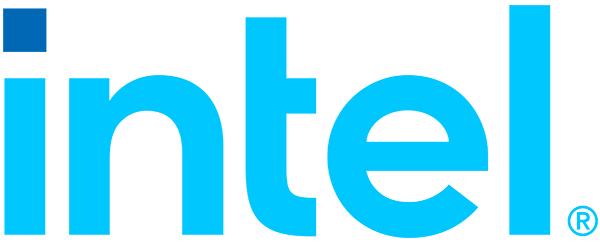






.png?ext=.png)
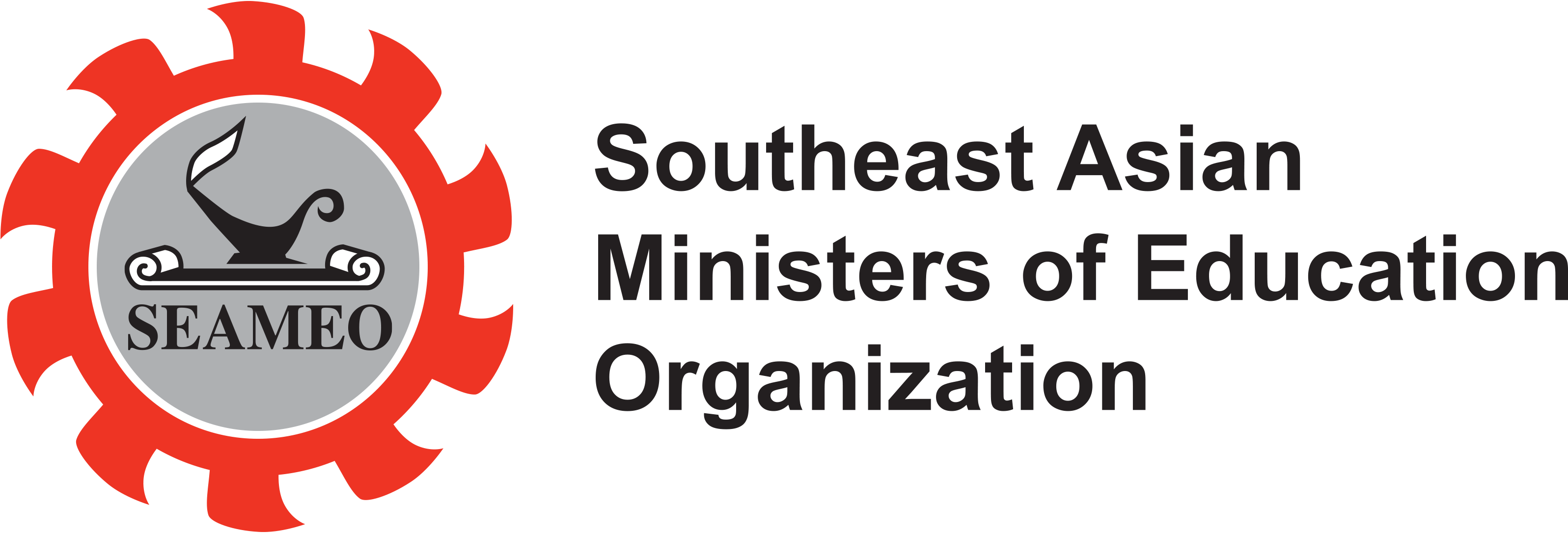
.png?ext=.png)

.png?ext=.png)
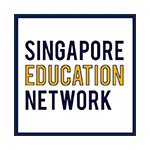
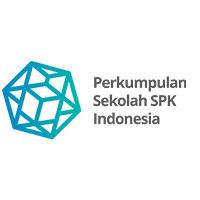

-4000px-(2).png?ext=.png)

